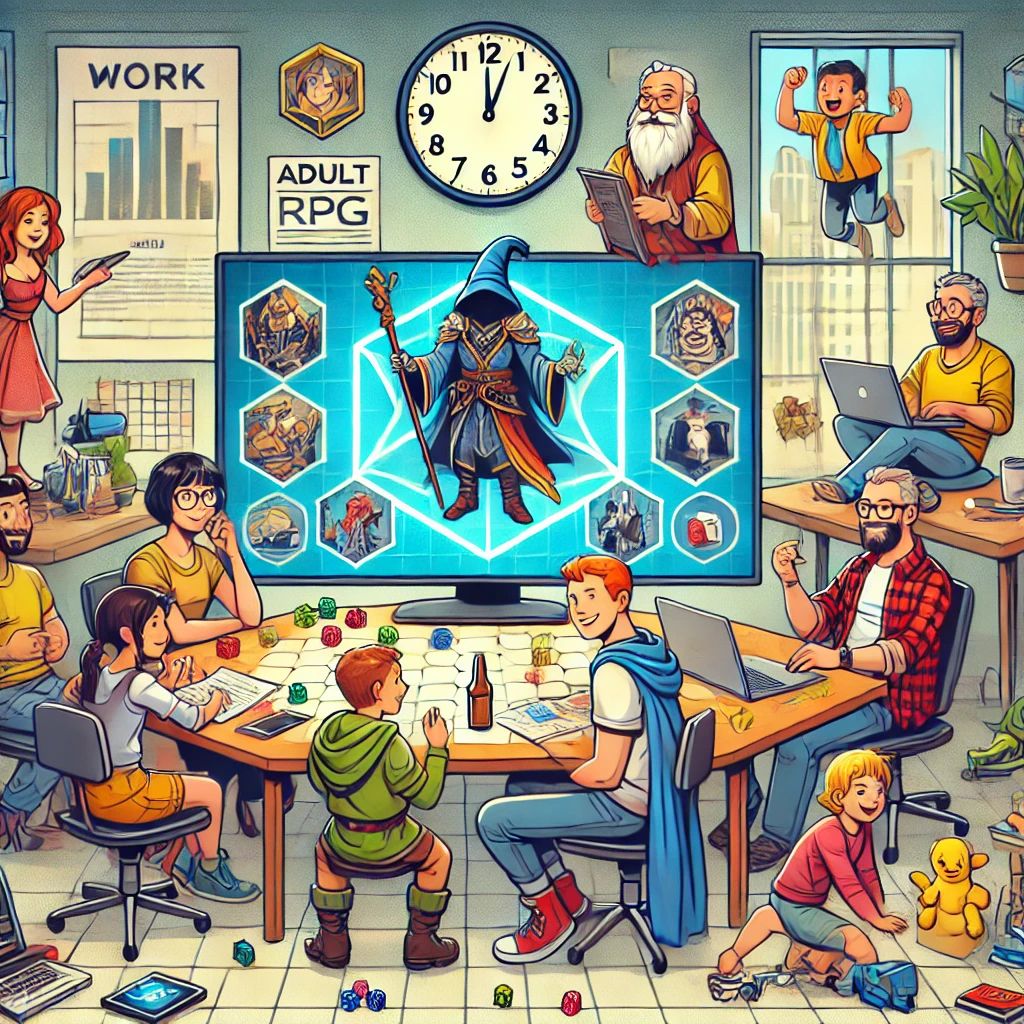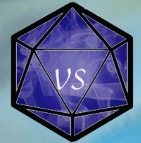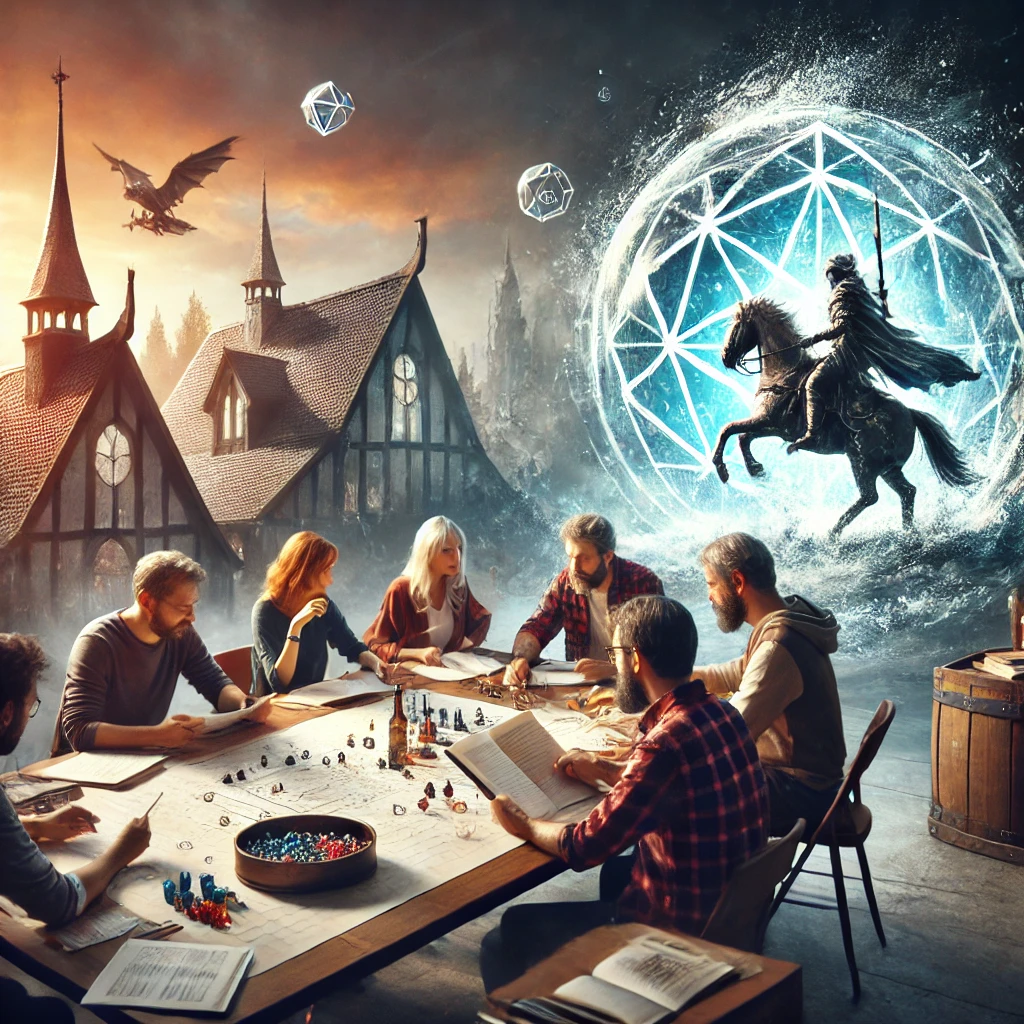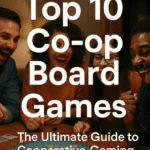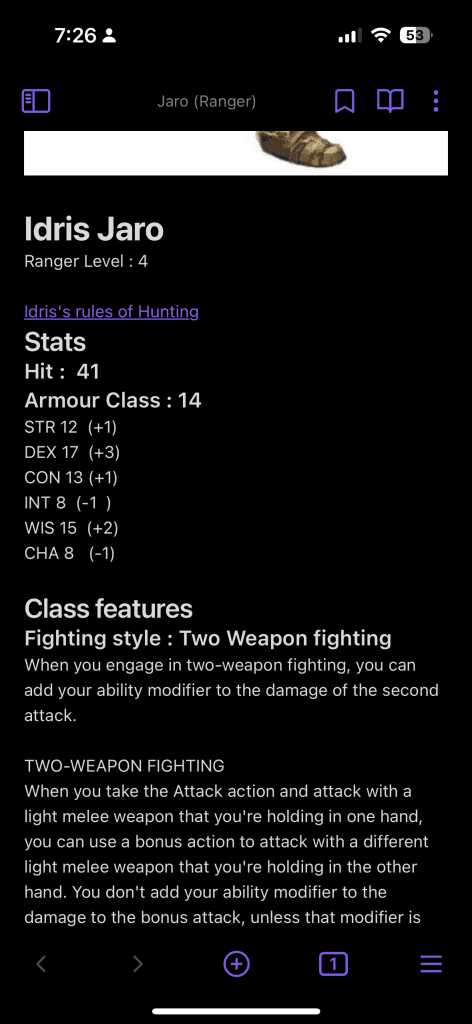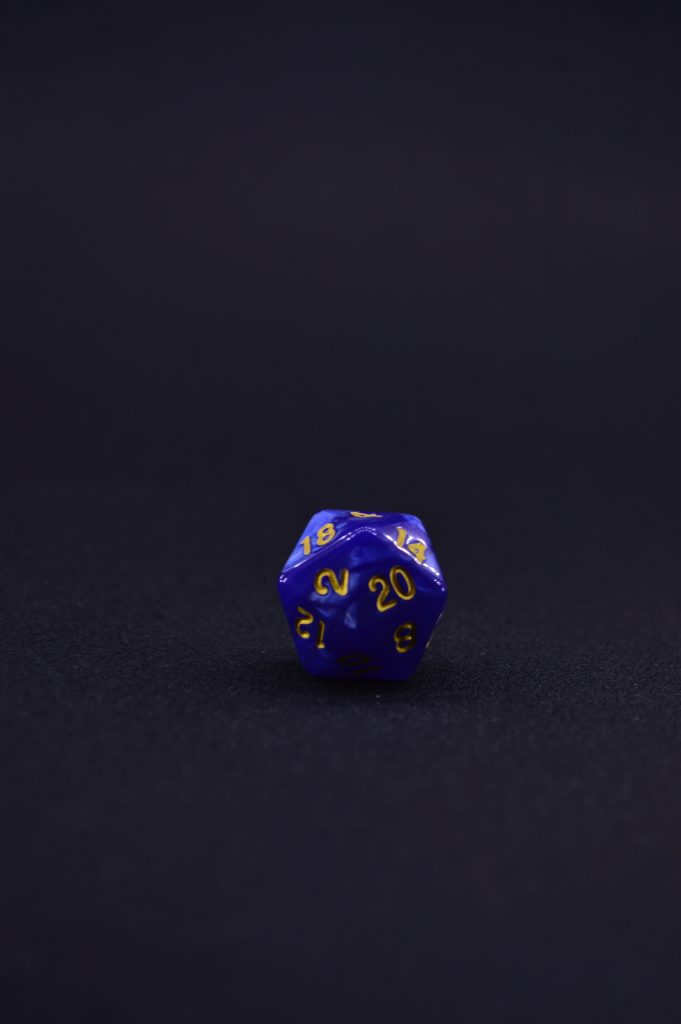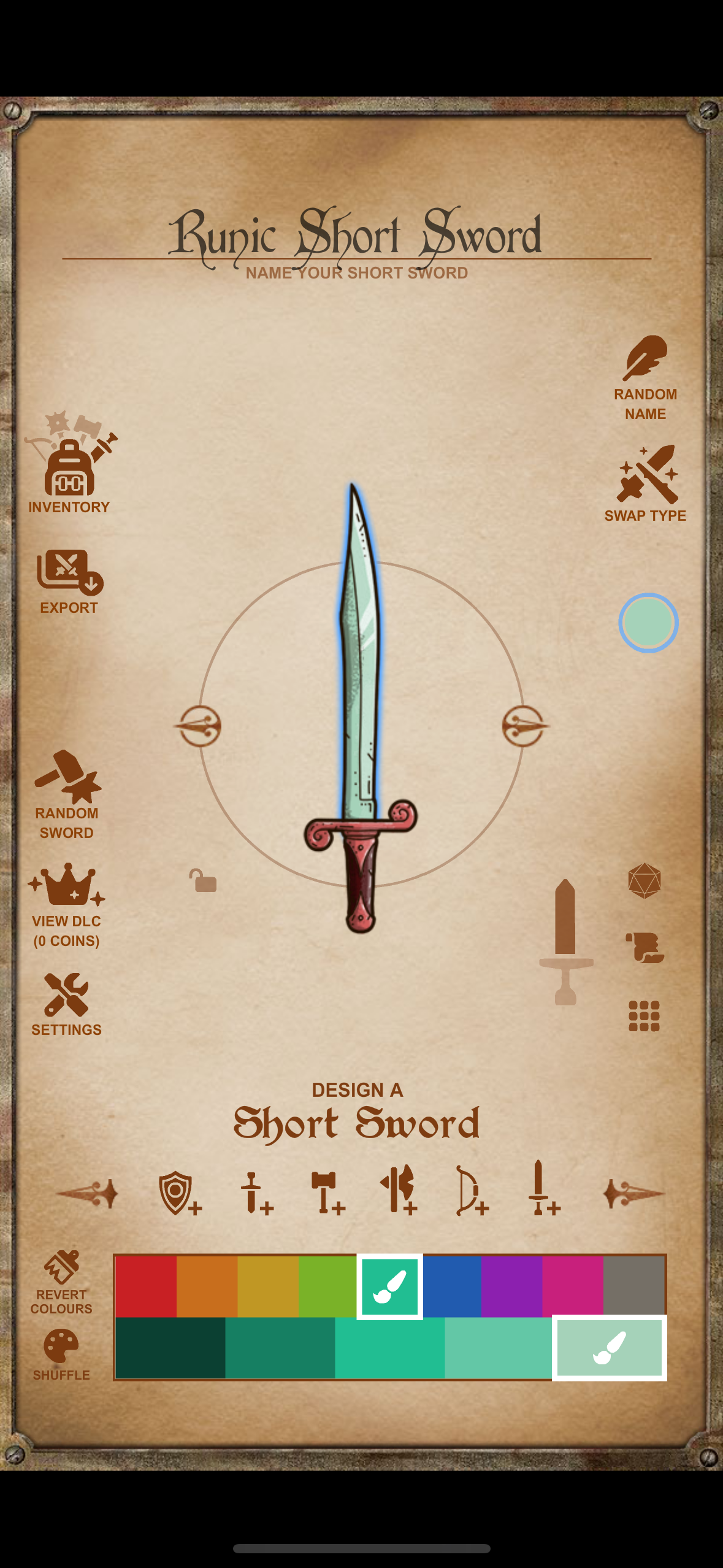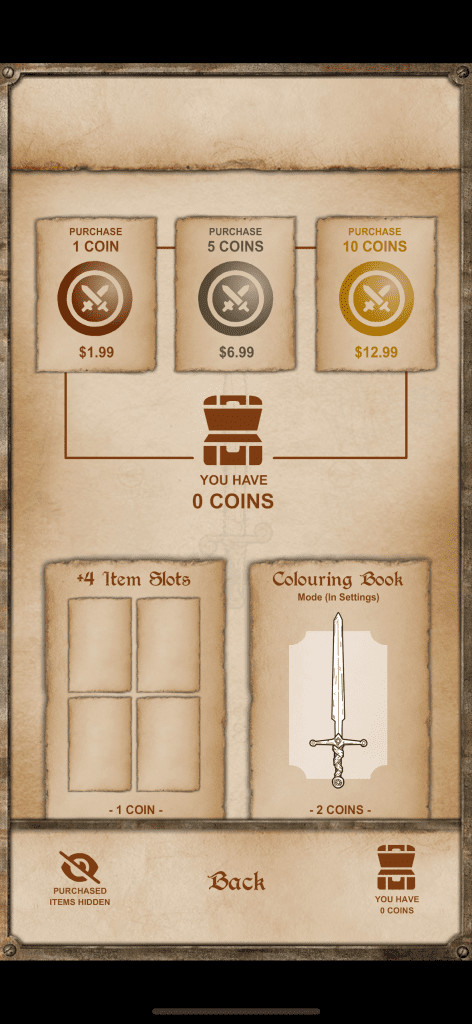Tabletop RPG Glossary
1. Game Master (GM): The person responsible for creating and running the game world, controlling non-player characters (NPCs), describing scenes, and guiding the players through the story.
2. Player Character (PC): A fictional character created and controlled by a player. PCs are the main protagonists of the story.
3. Non-Player Character (NPC): A character controlled by the GM. NPCs can be allies, enemies, or neutral individuals that interact with the player characters.
4. Campaign: A series of interconnected adventures and scenarios that form a larger story arc, usually played over multiple gaming sessions.
5. Session: A single gathering of players during which a portion of the campaign is played. Sessions are typically a few hours to an entire day long.
6. Roleplaying: The act of assuming the persona and behavior of a fictional character. Players make decisions and solve problems as if they were their characters.
7. Character Sheet: A record of a player character’s attributes, skills, abilities, and other relevant information. It helps track the character’s progress and development.
8. Dice: Typically, a set of polyhedral dice, including d4 (four-sided), d6 (six-sided), d8 (eight-sided), d10 (ten-sided), d12 (twelve-sided), and d20 (twenty-sided), used to determine outcomes of actions and events.
9. Roll: The act of throwing dice to determine an outcome. Rolls are often associated with specific attributes or skills of a character.
10. Critical Roll: Rolling the best or worst possible result on a dice roll, usually resulting in significant success (critical hit) or failure (critical miss).
11. Initiative: A roll to determine the order in which characters act during combat or tense situations.
12. Dungeon Master (DM): A term often used interchangeably with GM, specifically in games like Dungeons & Dragons.
13. Character Creation: The process of developing a player character, including selecting attributes, skills, abilities, and backstory.
14. Experience Points (XP): Points earned by characters for overcoming challenges and obstacles. Accumulating XP leads to character advancement.
15. Level Up: The process of a character gaining experience and becoming stronger, usually by acquiring new abilities, skills, and increased attributes.
16. Hit Points (HP): A representation of a character’s health. When HP reaches zero, a character becomes incapacitated or dies.
17. Armor Class (AC): A measure of how difficult it is to hit a character in combat. Higher AC values indicate better protection.
18. Skill Check: Rolling dice to determine the success of a character’s attempt to perform a specific task, usually linked to a skill.
19. Ability Check: Rolling dice to determine the success of a character’s attempt to perform an action based on their inherent abilities, like strength or charisma.
20. Campaign Setting: The fictional world, universe, or environment in which the game takes place. It includes geography, history, cultures, and other relevant details.
21. Homebrew: Customized rules, settings, or content created by the GM or players to modify or enhance the game.
22. Critical Hit: Rolling exceptionally well on an attack roll, resulting in increased damage or extra effects.
23. Critical Failure: Rolling exceptionally poorly on an action roll, often leading to unintended consequences or failure.
24. Roleplaying Encounter: An interaction between characters that involves conversation, negotiation, or investigation rather than combat.
25. Min-Maxing: Creating a character by focusing solely on maximizing strengths while minimizing weaknesses.
26. Metagaming: Making in-game decisions based on information or knowledge that the character wouldn’t realistically have.
27. Railroading: Forcing the players to follow a predetermined path or story, limiting their agency.
28. Loot: Items, treasure, or rewards acquired by characters during their adventures.
29. Quest: A specific task or goal that characters are tasked with completing, often driving the overarching narrative.
30. Rulebook: The manual that outlines the game’s rules, mechanics, and guidelines for players and GMs.
Remember, the above glossary is just a starting point, and many more terms are used in the vast world of tabletop RPGs. Each game system might have its unique terminology as well.

